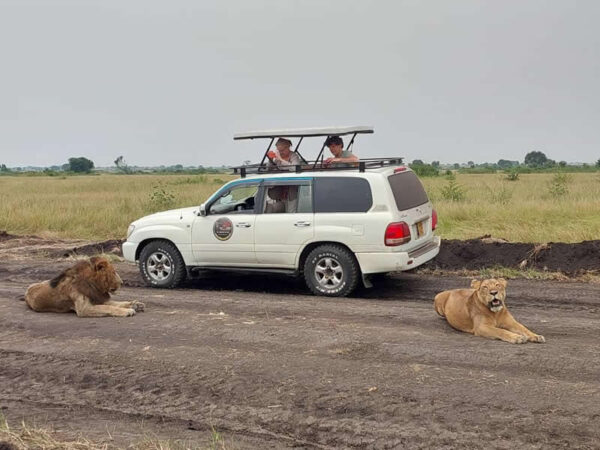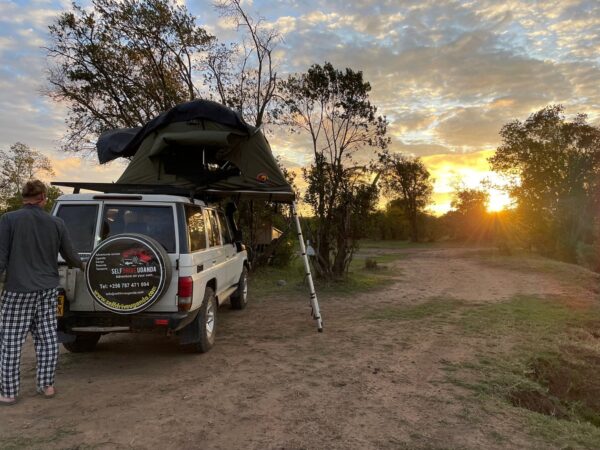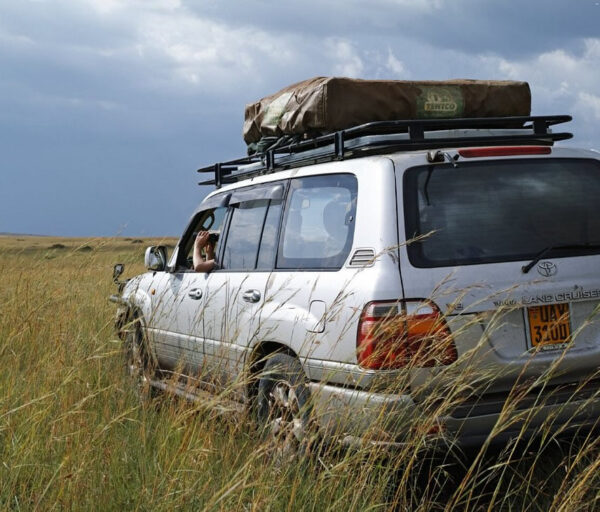Masai Mara National Reserve – Self Drive Kenya
Masai Mara National Reserve also sometimes spelled Masai Mara and locally known simply as The Mara, is a large national game reserve in Narok, Kenya, contiguous with the Serengeti National Park in Tanzania. It is named in honour of the Maasai people, the ancestral inhabitants of the area, who migrated to the area from the Nile Basin. Their description of the area when looked at from afar: “Mara” means “spotted” in the local Maasai language, because of the short bushy trees which dot the landscape.
Why visit Maasai Mara national park?
Maasai Mara is one of the wildlife conservation and wilderness areas in Africa, with its populations of lion, leopard, cheetah and African bush elephant. It also hosts the Great Migration, which secured it as one of the Seven Natural Wonders of Africa, and as one of the ten Wonders of the World.
The Greater Mara ecosystem encompasses areas known as the Masai Mara National Reserve, the Mara Triangle, several Maasai group ranches, and several conservancies.



